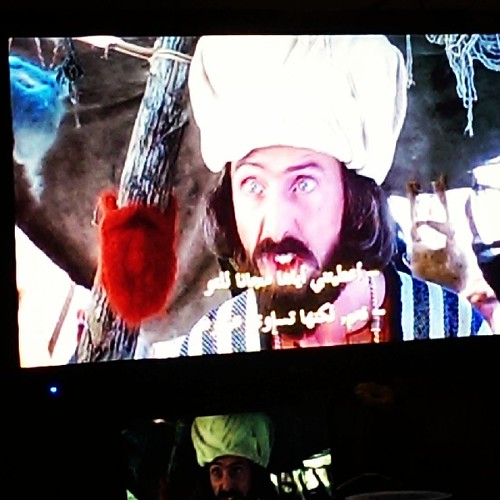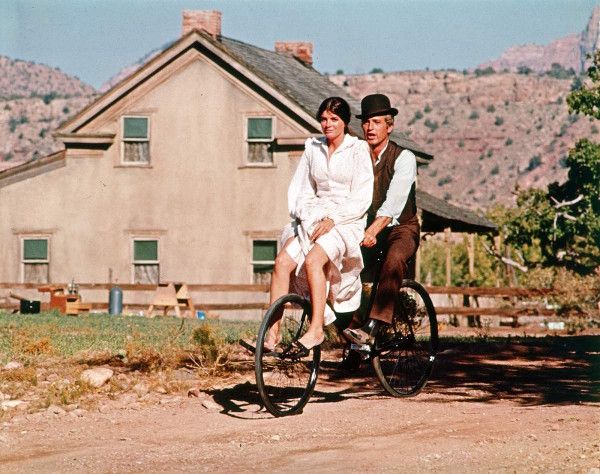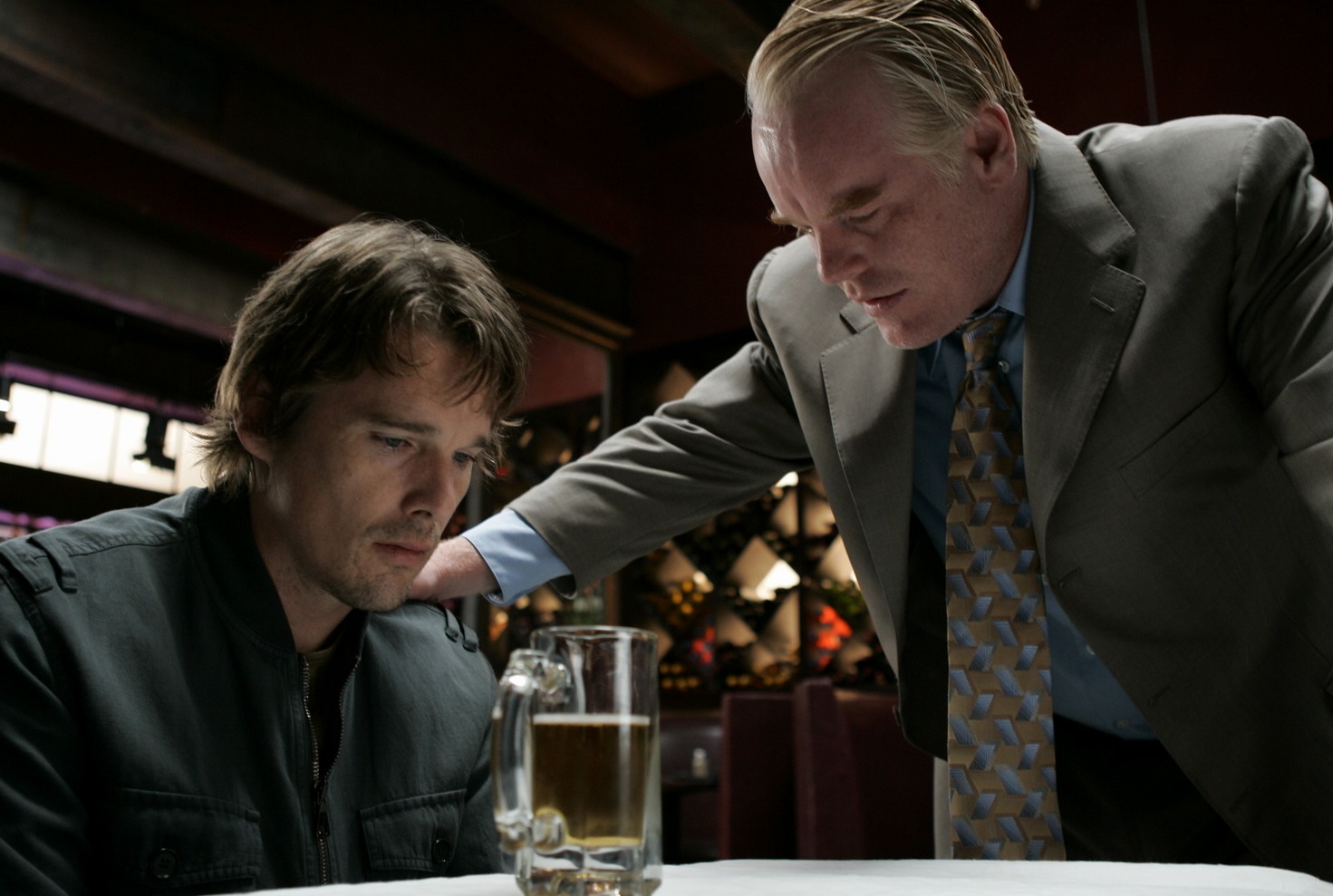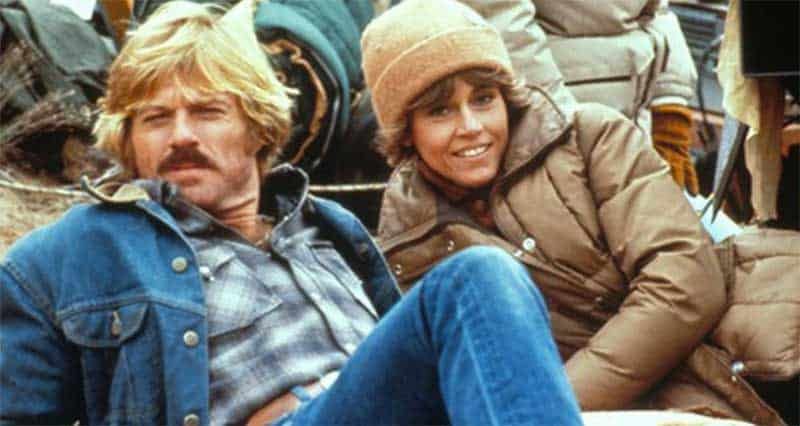
Hollywood has seen a seismic shift in recent years, fundamentally altering the way theatrical movies are made and released. What was once a predictable landscape of blockbusters, mid-budget dramas, and indie darlings has morphed into something far more polarized. We’ve witnessed a profound transformation, influenced by factors ranging from global pandemics to the unstoppable rise of franchise behemoths like Marvel Studios, which have collectively reshaped everything from how we consume films to the very types of stories that studios are willing to bankroll. It’s a landscape where the old rules simply don’t apply, leading to some truly fascinating questions about cinema’s past and present.
Indeed, the market has been in a constant state of flux for well over a decade now, with trends accelerating in ways few could have foreseen. The rise and global reach of massive intellectual properties has cemented the four-quadrant blockbuster as the dominant mode for Hollywood studios, leaving less and less room for films that don’t fit into either the “ultra-cheap” Blumhouse model or the “big-budget would-be mega-blockbuster” category. This general erosion of the theater as the exclusive place to see new movies, coupled with decreasing prices of enormous TVs and the sheer volume of quality television, has certainly made audiences think twice about venturing out for a film.
This isn’t a “screed” or an argument that movies used to be inherently better, by any means. When we look back, we often only recall the most memorable and successful films, which inevitably skews our perspective. Lots of subpar content was made in every era of filmmaking, just as there are great movies being produced today that might never have had a chance 30 years ago, and vice versa. However, it’s undeniable that the prevailing trends have led to the “death of mid-budget films made for grownups” in theaters, as studios are no longer looking to spend big money on a “question mark” without a guaranteed audience. Movies are expensive, and people need a compelling reason to leave their homes.
So, what does all this mean for the films of yesteryear? It means that many beloved classics, cult favorites, and even some box office giants, would face an insurmountable uphill battle if pitched in today’s environment. For a variety of reasons – be it shifting financial models, evolving social sensibilities, or the sheer noise of today’s content ecosystem – these movies simply couldn’t, or wouldn’t, be made. Join us as we explore the first seven such cinematic relics, highlighting Hollywood’s dramatic transformation and the unique challenges each would face in a contemporary production landscape.

1. **Blazing Saddles (1974)**Mel Brooks’ iconic Western satire, “Blazing Saddles,” remains a masterclass in comedic boundary-pushing, but its existence in today’s Hollywood would be nothing short of miraculous. The film’s genius lay in its audacious approach to parodying racism, with Brooks acting as an “equal opportunity offender” who was “smart enough to know that some targets (in this case, racist white guys) are practically demanding to be skewered.” It delivered pointed humor, directing “fire he directs at the ignorant,” rather than punching down.
Mel Brooks’ iconic Western satire, “Blazing Saddles,” remains a masterclass in comedic boundary-pushing, but its existence in today’s Hollywood would be nothing short of miraculous. The film’s genius lay in its audacious approach to parodying racism, with Brooks acting as an “equal opportunity offender” who was “smart enough to know that some targets (in this case, racist white guys) are practically demanding to be skewered.” It delivered pointed humor, directing “fire he directs at the ignorant,” rather than punching down.
Yet, this delicate balancing act is precisely why “it would be truly shocking if a studio bankrolled something like Blazing Saddles anytime soon.” The cultural landscape has evolved, and the fine line Brooks walked so ably is now fraught with peril. A modern attempt at “parodying racism in 2024 is just as likely to ignite an alt-right social media firestorm that’s going to keep butts out of seats,” creating a no-win situation for studios.
Moreover, the context specifically notes the added sensitivity of having “a white man at the helm” for such a provocative satire today. While the original film was groundbreaking, a contemporary project would face intense scrutiny over its authorship and intent. The fear of being perceived as insensitive or tone-deaf, regardless of actual comedic merit, would almost certainly lead studios to pass on a project with such explosive potential, illustrating a significant shift in what is deemed acceptable and commercially viable humor.

2. **Life of Brian (1979)**: Monty Python’s “Life of Brian,” a brilliant and hilarious religious farce, emerged from a very specific cultural moment: “Pre-Reagan (and nearly pre-Thatcher) 1979.” This timing proved crucial, as it was “probably the last time we’d see a Christian-themed religious farce this pointed without it being accompanied by reams and reams of bullshit.” The film’s satirical jabs at organized religion were provocative but largely accepted, allowing it to become a beloved classic without the overwhelming backlash it would undoubtedly face today.
The context starkly reminds us of the immediate shift that occurred not even a decade later. Martin Scorsese’s “very serious The Last Temptation of Christ” was met with extreme opposition, including “boycotts, death threats, and the bombing of a theater full of people in Paris.” This demonstrates the heightened sensitivity around religious themes, even in serious cinematic explorations. The doctrinal disagreements that seemed “rather obscure to less devout viewers” were enough to spark outrage then, and those sensitivities have only intensified in a more interconnected and vocal world.
Today, the idea of a major studio bankrolling a film that openly satirizes Christian themes on the scale of “Life of Brian” is practically unimaginable. While “plenty of things the faithful find objectionable in the popular films of the 2020s,” the market simply “isn’t going to bear a movie with so much potential to alienate so many potential ticket buyers.” The financial risks, coupled with the certainty of widespread condemnation and protest, would make any such venture a non-starter in an industry increasingly focused on broad appeal and minimizing controversy.

3. **Gremlins (1984)**: The 1980s were undeniably a “golden age for disturbing movies marketed to kids,” and Joe Dante’s “Gremlins” stands as a prime example of this fascinating, if unsettling, trend. The film masterfully combined “horror-movie level creature effects with a darkly comic tone” that made its content “that much more deranged.” Despite its terrifying elements, it was marketed broadly to children, leading to a host of tie-in products like “video games, easy reader books, and endless dolls and toys.”
However, the idea of a film like “Gremlins” being made and marketed in the same way today is practically unthinkable. The context vividly points out the film’s most shocking moments, such as the infamous “gremlin blender scene,” “the part with the microwave,” and the darkly comedic, yet disturbing, “bit about the dad who dressed up as Santa and died in the chimney.” Modern sensibilities regarding children’s entertainment have shifted dramatically, favoring content that is far less unsettling and violent for young audiences.
While “we’re not still making spooky movies for kids,” the boundary for what is acceptable has significantly changed. You’d be “hard-pressed to find anything in the last couple of decades to match the movie’s gremlin blender scene,” let alone its overall tone of macabre humor aimed at a broad family audience. The context concludes with a telling observation: “Come to think of it, it might be for the best that we don’t sell toys from movies like this anymore,” encapsulating the profound evolution in what society deems appropriate for children’s media.

4. **Titanic (1997)**: James Cameron’s “Titanic” was a cinematic phenomenon, a historical epic that defied expectations to become one of the highest-grossing films ever. Its colossal budget and sweeping scope delivered a powerful love story against the backdrop of an unforgettable tragedy, captivating audiences and setting a benchmark for blockbusters. This 1997 success suggested a bright future for grand historical dramas.
Yet, despite “Titanic’s” triumph, the context reveals that a film of its scale in the historical epic genre is simply not feasible today. The last historical epic performing near “Titanic’s” level was “Gladiator” in 2000, and even that “still didn’t do a quarter of what James Cameron’s blockbuster did.” Subsequent efforts like “Troy,” “Alexander,” and “Kingdom of Heaven” largely underperformed, signaling a significant decline in audience appetite for massive, non-franchise endeavors.
Hollywood still attempts historical films, but “investments are much lower.” Ridley Scott’s “The Last Duel,” for instance, “cost half of what Titanic did (25 years later), and still got crushed at the box office.” This reality underscores how studios are unwilling to bankroll original, big-budget epics without established IP or a guaranteed global audience. “Titanic” belonged to an era where a singular vision could command astronomical budgets and return exponential profits, a model largely supplanted by franchise-driven blockbusters.

5. **Tootsie (1982)**: “Tootsie,” the beloved 1982 comedy starring Dustin Hoffman, is an undeniable classic, earning critical acclaim, massive box office success as “the year’s second-highest box office returns,” and a Best Picture Academy Award nomination. Its clever premise and brilliant performances made it a cultural touchstone, humorously exploring gender roles. However, the film’s foundational concept, while groundbreaking for its era, would face significant obstacles in today’s more nuanced cultural climate.
The core of “Tootsie” centers on a struggling male actor who, believing “the opportunities for women are so much greater than those for men,” adopts a female persona to land a soap opera role. While the film aimed to explore what it’s like to be a woman through his experiences, the central idea that “a male character is best situated to teach audiences about what it is to be a woman” is now seen as “wildly dated.” This narrative unintentionally marginalizes genuine female voices by placing a man at the center of a story about women’s experiences.
Furthermore, the film’s “understated concern about women taking over all the jobs” also feels “a little…premature” and out of touch with contemporary conversations about gender equality. A musical version has “play[ed] with those notions a bit in ways that work,” yet even this modern adaptation “didn’t exactly set the Great White Way alight.” The original “Tootsie,” with its specific framing and underlying assumptions, would be an incredibly difficult sell in a Hollywood that increasingly values authentic representation and challenges traditional gender narratives, proving even classics can be products of their time that don’t translate seamlessly.
And there you have it, a deep dive into 5 films, from various eras and genres, that illustrate just how much Hollywood has evolved. It’s a wild ride through cinematic history, revealing that what was once groundbreaking, hilarious, or even just plain profitable, might now be deemed too expensive, too offensive, or simply too out of sync with our modern world. Whether it’s the shifting sands of social sensibilities, the seismic changes in studio financing, or the ever-present churn of pop culture, these movies serve as fascinating markers of a past era, reminding us that cinema is a living, breathing art form, constantly adapting and redefining its boundaries. While we may miss some of the quirky, bold, or even problematic gems of yesteryear, this transformation also opens the door for new stories, new voices, and new ways of seeing the world through the magic of film. Here’s to what’s next, and to remembering the unique cinematic artifacts that paved the way!



